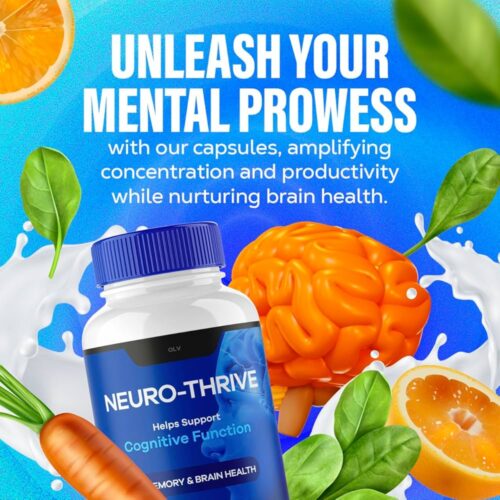Title: Revitalize Your Regimen: The Role of Testosterone Therapy in Workout Recovery
In the pursuit of peak athletic performance and optimal fitness, recovery often emerges as the unsung hero of effective training. While sweat and determination fill the gym, it’s the body’s ability to bounce back that truly dictates success. Enter testosterone therapy—a topic that has piqued the interest of fitness enthusiasts, athletes, and medical professionals alike. Often associated with building muscle and enhancing libido, this hormone also plays a crucial role in the recovery process, influencing factors such as muscle repair, energy levels, and overall well-being. In this article, we will explore the intricacies of testosterone therapy, examining its potential benefits for workout recovery, the science behind its effects, and the considerations every fitness advocate should keep in mind. Whether you’re a seasoned athlete or an aspiring fitness enthusiast, understanding the relationship between testosterone and recovery could be the key to unlocking your full potential.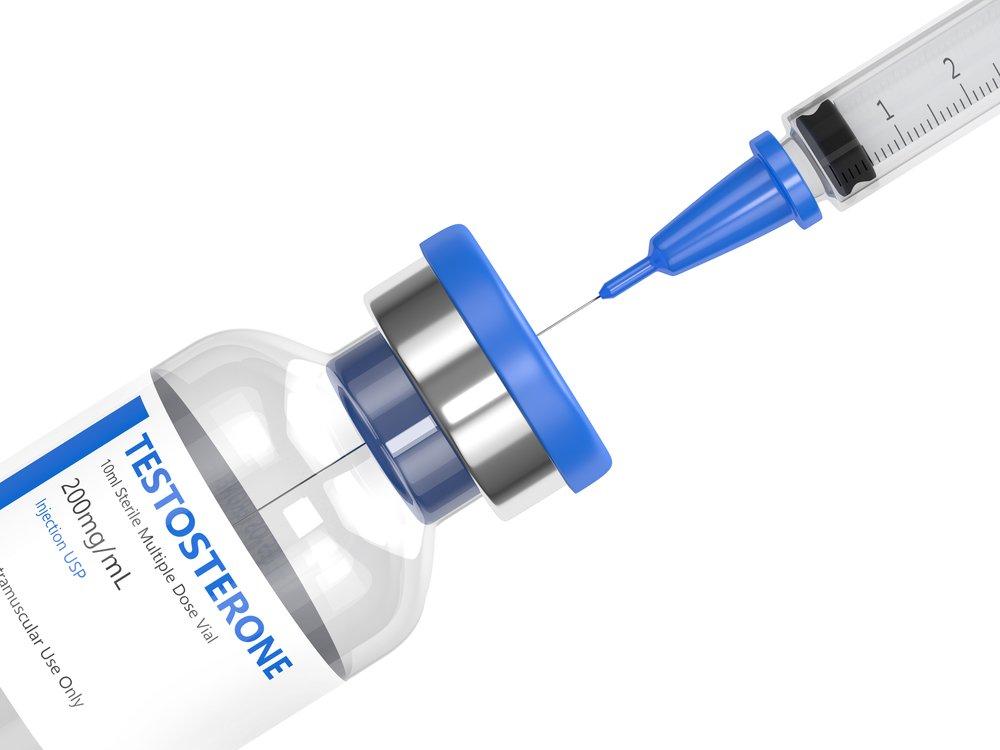
The Role of Testosterone in Muscle Recovery
Testosterone plays a crucial role in muscle recovery by enhancing the body’s ability to repair muscle tissues after intense workouts. By promoting protein synthesis, testosterone facilitates the rebuilding of damaged muscle fibers, which leads to improved strength and reduced recovery time. This anabolic steroid also increases satellite cell activity, crucial for muscle repair. Without sufficient testosterone levels, not only does recovery slow, but the risk of injury escalates, potentially derailing an athlete’s training regimen.
The impact of testosterone on muscle recovery can be attributed to several key factors:
- Reduced Muscle Breakdown: Testosterone inhibits the action of cortisol, a hormone that contributes to muscle degradation.
- Enhanced Recovery Rate: Higher testosterone levels correlate with faster recovery times, allowing athletes to train more frequently.
- Increased Muscle Mass: By promoting hypertrophy, testosterone aids in long-term muscle development and endurance.
| Effect of Testosterone | Benefit |
|---|---|
| Increased Protein Synthesis | Faster muscle repair |
| Reduced Fatigue | Improved workout performance |
| Enhanced Mood | Increased motivation to train |
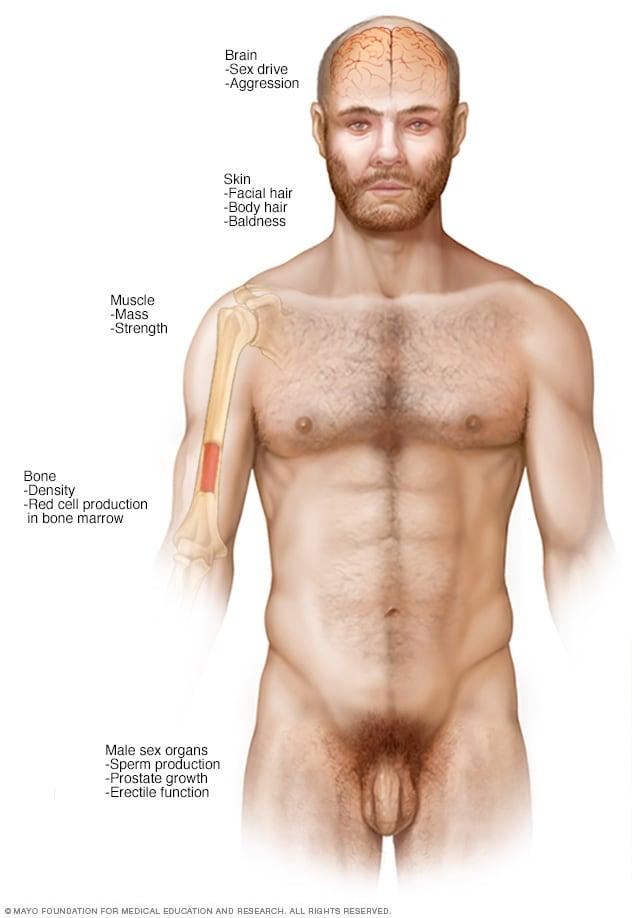
Understanding the Connection Between Hormones and Fitness
Testosterone plays a pivotal role in the recovery process following intense workouts. As a vital hormone, it facilitates muscle growth, increases strength, and aids in quicker post-exercise recovery. When testosterone levels are optimal, individuals often experience increased stamina and reduced fatigue, allowing them to push their limits during workouts without the detrimental effects of overtraining. This connection becomes especially crucial for those engaging in rigorous training regimens or for athletes seeking to optimize their performance.
Many fitness enthusiasts often wonder about the best ways to naturally boost their testosterone levels. Here are some effective strategies to consider:
- Regular Strength Training: Engaging in weightlifting can naturally elevate testosterone production.
- Balanced Nutrition: Consuming a diet rich in healthy fats, lean proteins, and essential vitamins can support hormonal health.
- Proper Sleep: Quality sleep is essential for hormone regulation, with insufficient rest leading to decreased testosterone levels.
- Stress Management: Reducing stress through mindfulness or yoga can minimize cortisol, which negatively impacts testosterone.
For those unable to achieve desired results through lifestyle changes alone, testosterone therapy may be an option worth considering. This treatment aims to restore hormone levels to their optimal range, thus amplifying recovery and enhancing athletic performance. Below is a simplified comparison of potential benefits and drawbacks of testosterone therapy:
| Benefits | Drawbacks |
|---|---|
| Improved Recovery Time | Possible side effects, including acne and mood changes |
| Increased Muscle Mass | Potential health risks for some individuals |
| Enhanced Energy Levels | Long-term effects still being researched |
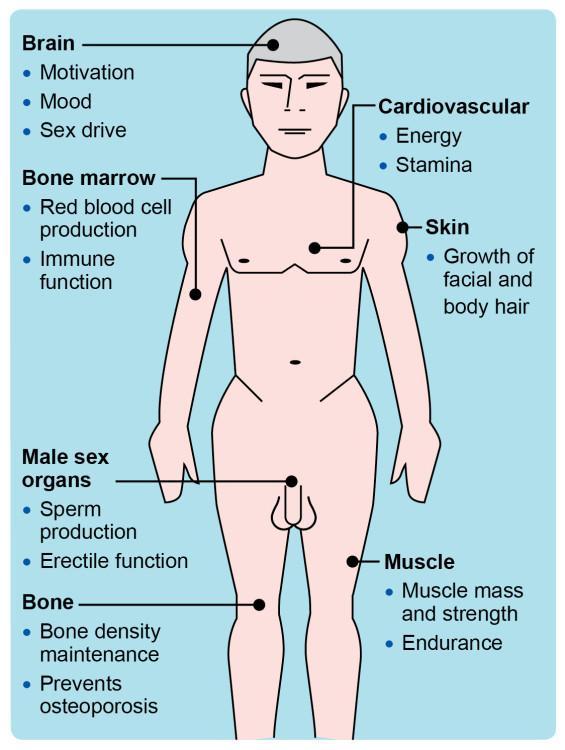
Identifying Signs of Low Testosterone in Athletes
For athletes striving to optimize their performance, recognizing the indicators of low testosterone can be crucial. Symptoms may develop subtly but can significantly affect physical and mental well-being. Key signs to watch for include:
- Decreased Energy Levels: A noticeable drop in overall vitality can hinder training sessions and recovery.
- Loss of Muscle Mass: Difficulty in maintaining or gaining muscle despite a consistent workout regimen may signal hormonal imbalances.
- Increased Fatigue: An unusual feeling of tiredness or exhaustion, even after adequate rest, could suggest underlying issues.
- Reduced Motivation: A decline in enthusiasm for workouts or competitions can also point to dropping testosterone levels.
In addition to these physical signs, emotional changes often accompany low testosterone in athletes. Symptoms such as irritability, mood swings, or even depression are frequently reported. Tracking performance and mood can help athletes assess their hormonal health. A simple table can summarize these signs and symptoms for easy reference:
| Sign/Symptom | Description |
|---|---|
| Energy Loss | Persistent fatigue and lack of drive. |
| Muscle Decline | Inability to build or maintain muscle mass. |
| Mood Changes | Irritability and emotional instability. |
| Motivation Shift | Diminished desire to engage in training. |
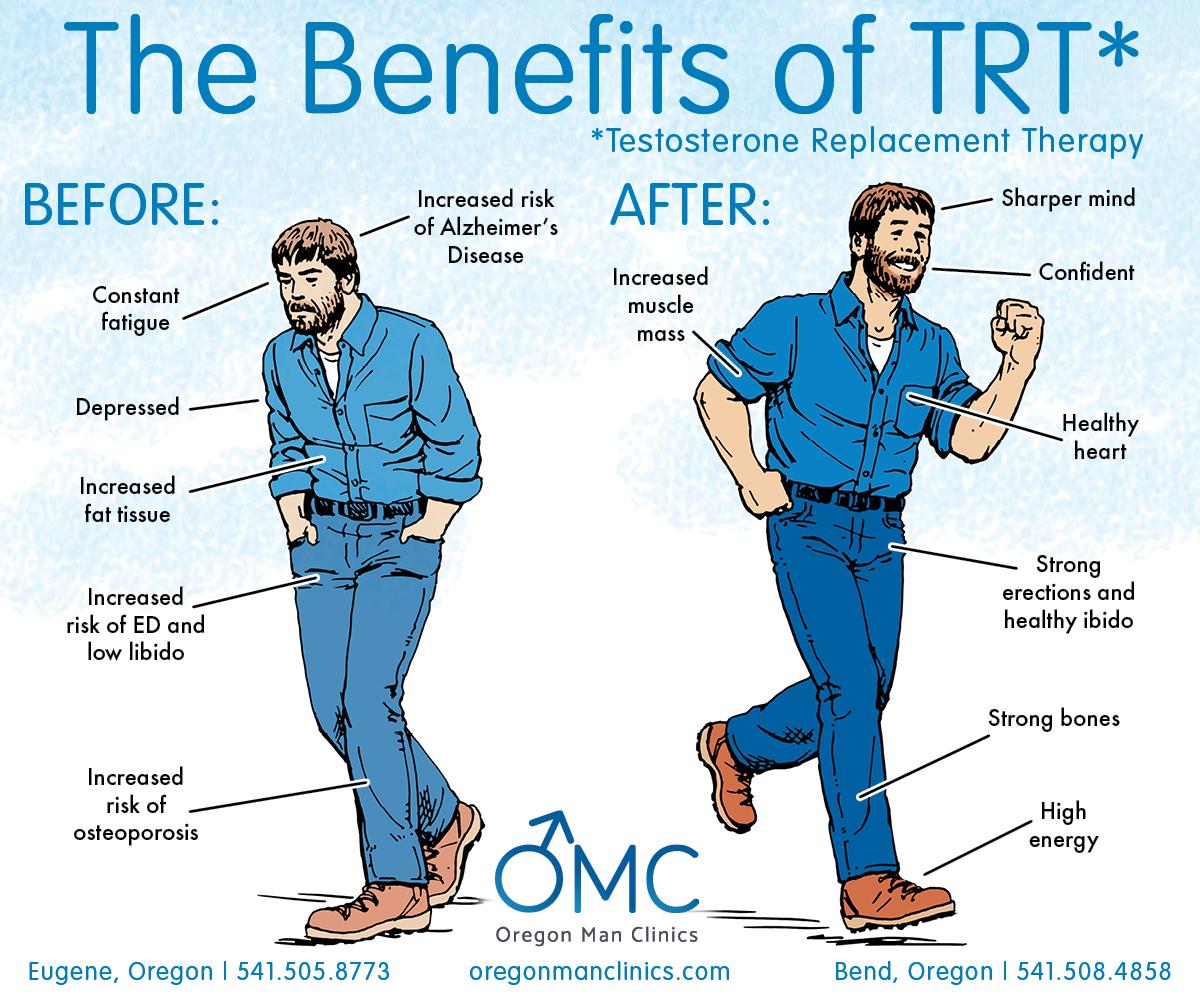
Evaluating the Benefits of Testosterone Therapy for Recovery
Testosterone therapy offers a promising avenue for enhancing recovery post-exercise by addressing hormonal imbalances that may slow down the healing process. Athletes and fitness enthusiasts who struggle with low testosterone levels often experience an array of issues, such as fatigue, decreased muscle mass, and elongated recovery times. By integrating testosterone therapy into their regimens, individuals may notice significant improvements in their physical performance, including:
- Increased muscle mass as testosterone helps in protein synthesis, leading to more effective workouts.
- Enhanced stamina, reducing the feeling of fatigue during high-intensity sessions.
- Faster recovery times, allowing athletes to train more frequently and effectively.
Furthermore, the psychological benefits cannot be overlooked. Testosterone plays a vital role in mood regulation, which can lead to improved motivation and focus when exercising. For those considering this therapy, an informative approach involves evaluating the potential side effects against the advantages. A comprehensive assessment could be visualized as follows:
| Benefits | Possible Side Effects |
|---|---|
| Increased energy levels | Acne or skin changes |
| Better muscle recovery | Sleep disturbances |
| Improved mood and cognitive function | Increased aggression or irritability |
Ultimately, the key is to consult with a healthcare provider to ensure a personalized approach that optimally balances these factors for the individual. As athletes continue to seek ways to recover more efficiently, testosterone therapy remains a compelling option within the landscape of fitness and wellness.
Exploring Different Forms of Testosterone Therapy
Testosterone therapy has evolved significantly, presenting various options tailored to individual needs and responses. Among the most popular forms are injections, patches, and gels. Each method offers unique benefits and potential drawbacks, particularly in the context of workout recovery. For instance, injections tend to provide a more potent and immediate boost in testosterone levels, which can be particularly advantageous for athletes looking to enhance muscle recovery post-exercise. On the other hand, transdermal options, such as patches and gels, offer a more convenient, less invasive approach while allowing for a steady release of the hormone over time, making them appealing for those cautious about regular needle use.
In addition to the traditional delivery methods, newer therapies like pellets and bioidentical hormone therapy have emerged, further expanding the options available for testosterone management. Pellets, for example, offer a long-lasting solution that can maintain stable testosterone levels for several months, simplifying the administration process for busy athletes. Moreover, with the increasing popularity of personalized medicine, the use of bioidentical hormones can ensure a tailored approach, potentially enhancing the recovery process and overall well-being. The following table summarizes the primary characteristics of these therapy options:
| Therapy Type | Administration Method | Duration | Pros | Cons |
|---|---|---|---|---|
| Injections | Intramuscular | 1-2 weeks | Immediate effect | Pain at the injection site |
| Patches | Transdermal | 24 hours | Discreet and easy to use | Can irritate skin |
| Gels | Topical | 24 hours | Consistent hormone levels | Potential for transfer to others |
| Pellets | Subcutaneous | 3-6 months | Long-lasting | Requires minor surgery |
| Bioidentical | Varies | Customizable | Natural hormone matching | Less research available |
Assessing Potential Risks and Side Effects of Treatment
When considering testosterone therapy for workout recovery, it is essential to understand both the potential risks and side effects associated with treatment. Individuals may experience a range of complications that could lead to negative health outcomes. Some common risks include:
- Acne and oily skin: Increased oil production can lead to skin issues.
- Sleep apnea: Higher testosterone levels might exacerbate existing sleeping disorders.
- Mood changes: Fluctuations in emotion, including increased aggression or irritability, may occur.
- Cardiovascular problems: There is some evidence suggesting a potential rise in blood pressure or heart issues.
- Fertility issues: Treatment may impact sperm production, leading to decreased fertility.
Additionally, the long-term effects of therapy are still being studied. Patients should consult with a healthcare provider to evaluate their individual risk factors. For reference, here is a summary of some notable side effects associated with testosterone therapy:
| Side Effect | Impact Level |
|---|---|
| Acne | Moderate |
| Fluid retention | Variable |
| Hair loss | Low |
| Increased aggression | High |
| Liver issues | Moderate |
Integrating Testosterone Therapy with a Balanced Recovery Plan
Integrating testosterone therapy into a comprehensive recovery plan can empower individuals seeking to enhance their workout performance and overall well-being. The synergy created between hormonal balance and recovery strategies is essential for optimal results. To effectively incorporate testosterone therapy, it is beneficial to focus on several key components:
- Nutritional Optimization: Ensure a balanced diet rich in protein, healthy fats, and essential vitamins and minerals to support hormone production and muscle recovery.
- Regular Exercise Regimen: Combine resistance training with cardiovascular workouts tailored to individual fitness levels to stimulate testosterone levels naturally.
- Sleep Hygiene: Prioritize quality sleep as it is crucial for recovery; aim for 7-9 hours each night to enhance hormonal balance.
- Stress Management: Incorporate mindfulness practices, such as yoga or meditation, to lower cortisol levels, which can negatively impact testosterone.
Additionally, tracking progress in various areas can help gauge the effectiveness of integrating testosterone therapy with recovery practices. Consider implementing a simple weekly check-in system that includes:
| Week | Testosterone Therapy Dosage | Workout Performances | Recovery Status |
|---|---|---|---|
| 1 | 100mg | Increased strength | Good |
| 2 | 100mg | Endurance improvement | Average |
| 3 | 120mg | Stable | Excellent |
This systematic approach not only highlights the impact of testosterone therapy but also serves as a motivational framework that aligns with personal recovery goals. Through mindful monitoring and adjustments, individuals can develop a sustainable recovery plan that fosters both physical and mental resilience.
Q&A
Q&A: Exploring Testosterone Therapy for Workout Recovery
Q1: What is testosterone therapy, and how does it relate to workout recovery?
A1: Testosterone therapy involves administering the male hormone testosterone to individuals whose levels are below normal. This therapy is often discussed in the context of men with clinical testosterone deficiency, but it’s being increasingly considered by athletes and fitness enthusiasts for its potential benefits in enhancing workout recovery. The therapy aims to restore hormonal balance, which may lead to increased muscle mass, strength, and improved recovery times after strenuous exercise.
Q2: Who can benefit from testosterone therapy?
A2: While testosterone therapy is primarily recommended for men who clinically exhibit low testosterone levels (a condition known as hypogonadism), some athletes, particularly those who are older or those who have experienced prolonged intense training without proper recovery, might also explore its potential benefits. However, it’s crucial that individuals consult healthcare professionals to assess their specific needs and hormonal levels before considering therapy.
Q3: What are the potential benefits of testosterone therapy in the context of workout recovery?
A3: Testosterone therapy can promote muscle growth and strength, enhance protein synthesis, and improve recovery times by reducing muscle soreness and fatigue. It may also enhance mood and energy levels, which can be beneficial for maintaining consistent training and motivation. However, results can vary widely among individuals, and not everyone may experience significant improvements.
Q4: Are there any risks associated with testosterone therapy for recovery purposes?
A4: Yes, testosterone therapy is not without its risks. Potential side effects include acne, sleep apnea, increased risk of heart disease, mood swings, and infertility. Furthermore, excess testosterone can lead to hormonal imbalances and other health issues. Therefore, it’s imperative that individuals undergo thorough medical evaluations and ongoing monitoring while on therapy.
Q5: How does testosterone therapy compare to natural recovery methods?
A5: Natural recovery methods, such as proper nutrition, hydration, sleep, and strategic training regimens, are generally considered safer and foundational for optimal recovery. While testosterone therapy might provide benefits in certain cases, many experts advocate for prioritizing natural methods first. Hormonal interventions should be viewed as a last resort, particularly when lifestyle changes and good practices can often yield significant recovery benefits.
Q6: What should someone consider before starting testosterone therapy?
A6: Before embarking on testosterone therapy, individuals should assess their overall health, undergo comprehensive hormonal testing, and consult with a healthcare provider to weigh the benefits against the risks. It’s also essential to explore and optimize lifestyle factors that influence testosterone levels naturally, such as diet, exercise, and sleep habits.
Q7: Can women also benefit from testosterone therapy for recovery?
A7: Yes, women can also utilize testosterone therapy, albeit cautiously and typically at much lower doses. In certain cases, women experiencing hormonal imbalances or conditions like hypoandrogenism may benefit from therapy for enhanced recovery and overall health. However, due to the diverse effects of testosterone on female physiology, it is crucial for women to work closely with healthcare providers experienced in hormone therapy.
Q8: How can one monitor the effectiveness of testosterone therapy for workout recovery?
A8: Monitoring the effectiveness of the therapy can be done through regular blood tests to check testosterone levels and through self-assessment of recovery metrics such as energy levels, muscle soreness, performance improvements, and overall well-being. Keeping a training journal can also help gauge progress over time and inform discussions with a healthcare provider.
Conclusion:
Testosterone therapy presents potential benefits for workout recovery but also comes with a host of considerations and risks. Individuals interested in exploring this avenue should proceed with caution and seek professional guidance to ensure safe and effective outcomes.
Wrapping Up
while testosterone therapy may emerge as a promising ally for some in their quest for optimized workout recovery, it is imperative that individuals approach this avenue with informed caution. The balance of hormones plays a crucial role in overall health, and any alteration should be undertaken with professional guidance. As research continues to illuminate the complex interplay between testosterone and physical performance, athletes and fitness enthusiasts alike must weigh the benefits against potential risks. By remaining attentive to their bodies and seeking evidence-based approaches, they can continue to unlock their potential in the gym—whether through natural means or thoughtful supplementation. the journey of fitness is as much about understanding ourselves as it is about pushing our limits. As we explore the future of workout recovery, let us embrace knowledge as our greatest strength.



